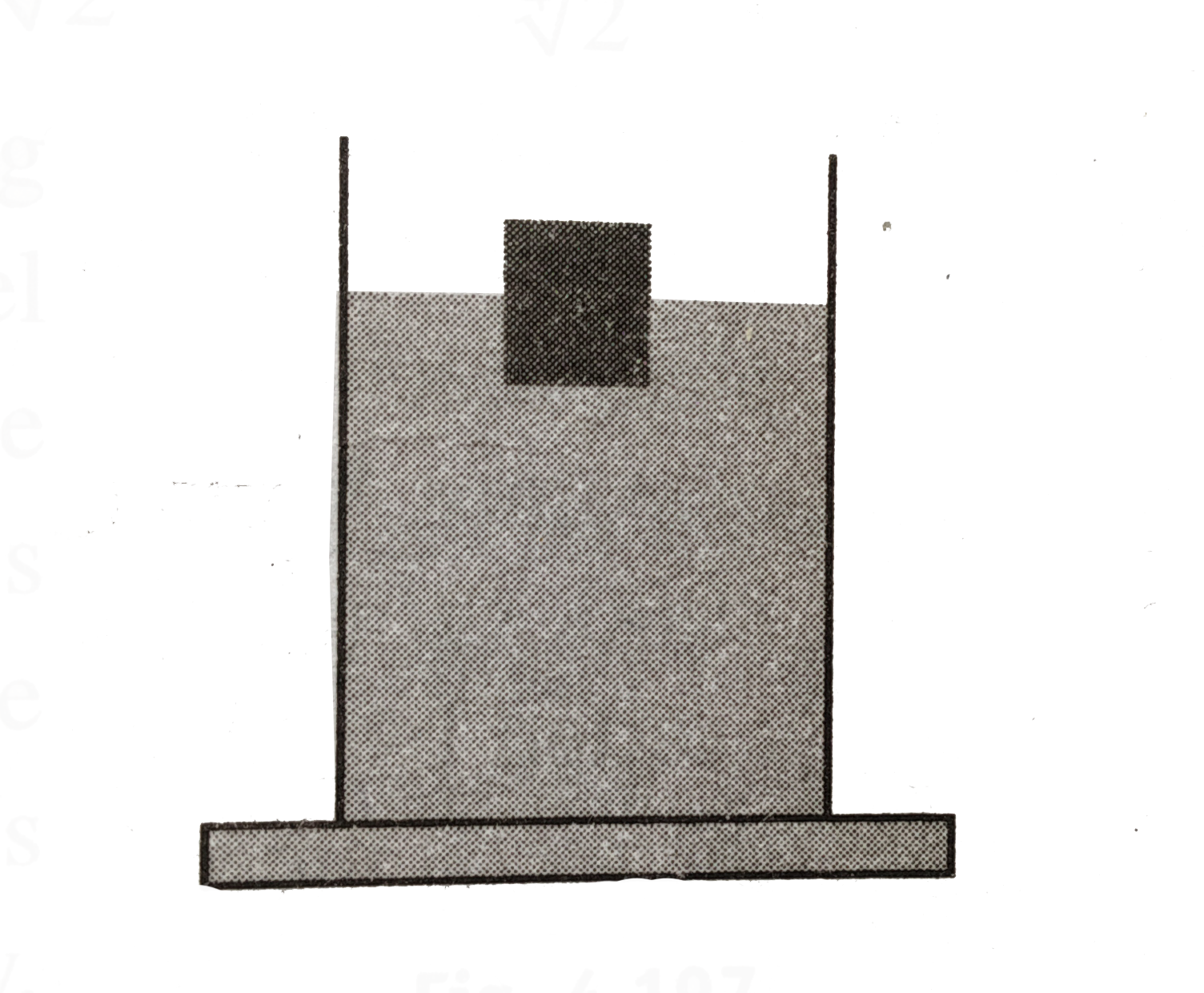Which one is partially submerged and fixed in mud
Marsilea
Cyperus
Eichhornia
Typha.
The correct Answer is:D
To determine which organism is partially submerged and fixed in mud, we need to analyze the characteristics of the given options.
1. Understand the Question: We need to identify a plant that is partially submerged in water and fixed in mud. This means the roots of the plant are in the mud while the upper parts (leaves and flowers) are above the water surface.
2. Identify the Types of Plants: The plants that are typically found in shallow water, with their roots below the surface and foliage above the water, are known as emergent plants.
3. Analyze the Options:
- Marsilea: This plant has leaves that can be either above or below the water surface. Therefore, it is not fixed in mud and does not fit the description.
- Cyprus: While it thrives in wet and boggy conditions, it is not specifically described as being partially submerged and fixed in mud.
- Icornia: This plant has buoyant bulb-like nodules that allow it to float, meaning its base is above the water surface. Thus, it does not meet the criteria.
- Thaipa: This plant is specifically mentioned as being partially submerged and fixed in mud. It fits the description perfectly.
4. Conclusion: Based on the analysis, the correct answer is Thaipa, as it is the only option that is partially submerged and fixed in mud.
Final Answer:
The organism that is partially submerged and fixed in mud is Thaipa.
---
- Marsilea: This plant has leaves that can be either above or below the water surface. Therefore, it is not fixed in mud and does not fit the description.
- Cyprus: While it thrives in wet and boggy conditions, it is not specifically described as being partially submerged and fixed in mud.
- Icornia: This plant has buoyant bulb-like nodules that allow it to float, meaning its base is above the water surface. Thus, it does not meet the criteria.
- Thaipa: This plant is specifically mentioned as being partially submerged and fixed in mud. It fits the description perfectly.
The organism that is partially submerged and fixed in mud is Thaipa.
Topper's Solved these Questions
- ORGANISMS AND THE ENVIRONMENTBOOK - DINESH PUBLICATION ENGLISHCHAPTER - ORGANISMS AND THE ENVIRONMENTEXERCISE - CYG
17 Videos
- ORGANISMS AND THE ENVIRONMENTBOOK - DINESH PUBLICATION ENGLISHCHAPTER - ORGANISMS AND THE ENVIRONMENTEXERCISE - CYG
17 Videos
- NO IDEABOOK - DINESH PUBLICATION ENGLISHCHAPTER - NO IDEAEXERCISE - Brain Teasers
37 Videos
- ORIGIN OF LIFE BOOK - DINESH PUBLICATION ENGLISHCHAPTER - ORIGIN OF LIFE EXERCISE - All Questions
201 Videos
Similar Questions
Knowledge Check
The elctrolyte which is partially ionised in its aqueous solution is
Aethanoic acidBhydrochloric acidCammonium chlorideDpotassium nitrate
A cylindrical block is floating (partially submerged) in a vessel containing water. Initially, the platform on which the vessel is mounted is at rest. Now the platform along with the vessel is allowed to fall freely under gravity. As a result, the buoyancy force

View SolutionWhich one is a symbiotic nitrogen fixing plant ?
View SolutionStatement-1: Leaves and small insects float on the surface of water buoyed up by archimede's principle
Statement-2: They are not partially submerged. The object are kept afloat by surface tension.
View SolutionAmong the following which one is recently discovered non - legume nitrogen fixing bacterium
View SolutionIn hydrarch succession , the stage which comes immediately after submerged free - floating plant stage is
View SolutionGive one example of submerged and rooted hydrophytes.
View SolutionWhich gas has higher partial pressure in tissues ?
View Solution
